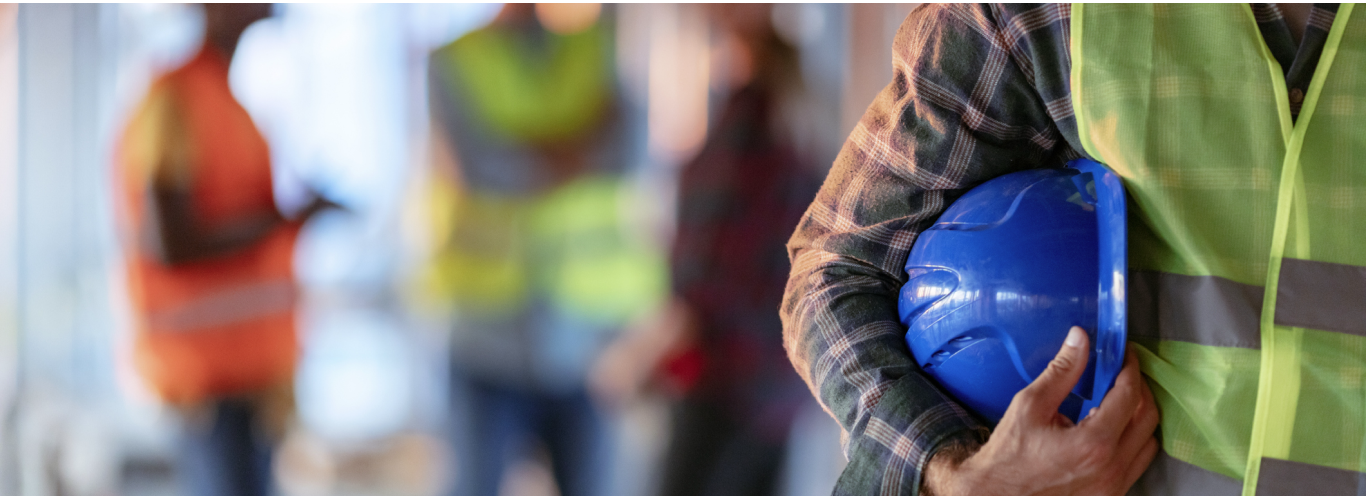Environmental Health, and Safety
As we pursue our strategy of Better Care for a Better World, working to protect the environment and ensure the health and safety of our team members remain core to our caring values.
Kimberly-Clark’s Environment, Health and Safety (EHS) performance is a point of pride with our employees, and we remain steadfast in our focus to drive towards zero injury, illness and environment impact, with operating practices designed to reduce risk and the potential for adverse impacts. This includes actively fostering employee engagement, applying EHS performance standards, and driving a consistent and standardized EHS Management System across our facilities.
Our policy requires compliance with applicable EHS laws and regulations. Most importantly, this helps to protect our employees and the environment – but it also reduces the risk to our business—by helping the company avoid fines, penalties, legal liabilities, and threats to business continuity.
Learn about our Environment Goals here.
Learn about our Health and Safety data here.
Aspirations and Goals
By 2030, we want to drive our EHS performance to industry leading levels in the following key areas:
- Drive Leading EHS Maturity level as measured in our transformation process across all operations
- Achieving stable and industry leading Incident levels
- Drive out high severity EHS incidents
- Aspire to achieve 100% diversion of our facility waste from landfill.
Occupational Health and Safety incidents are measured through Kimberly-Clark's TRIR metric. We measure TRIR based on a combination of industry and regulatory practices for the classification of injury and illness. Where K-C's definition differs from local regulatory definition and recording requirements, we will always meet the local reporting expectations, while continuing to prioritize our improvement focus through our internal definitions. Health and Safety Severity is measured per K-C definition, based on days lost as a result of an incident.
Strategy and Approach
Kimberly-Clark has an Environmental Policy that provides guidance on how we handle and address environmental compliance, water management, energy and climate, waste, and fiber resources. This policy serves as a foundation for Kimberly-Clark’s strategic approach to our integrated EHS management system. Kimberly-Clark also has a policy to manage occupational safety and hygiene globally for the protection of our employees, contractors, and visitors, and to aggressively drive toward the elimination of occupational injuries, illnesses, disabilities, and fatalities.
Learn about our Environmental Policy here.
Learn about our Occupational Safety and Hygiene Policy here.
Maturity Model
Our strategic approach to EHS promotes a culture where teams across all sites work to continuously improve our EHS performance – reducing risks to employees and the environment surrounding our operations. Our Global Supply Chain Leadership team has defined six EHS Leadership Imperatives to be integrated across our operations, including:
1. Consistent EHS leadership
2. Positive EHS interactions
3. Risk tolerance reduction
4. Workforce empowerment to drive impact.
5. Consistent critical EHS work practices.
6. Aligned incentives and metrics.
To operationalize these imperatives, the company developed and continues to advance an EHS Transformation Strategy with the core objectives of improving EHS mindsets, behaviors, and capabilities; reducing risk and helping to ensure compliance; and managing EHS systematically. To drive improvement in all these areas, we have a maturity framework deployed throughout our operating facilities, providing a roadmap to achieving these objectives while bringing to life our Leadership Imperatives. Key programs within our strategic pillars include EHS leadership training, standardized risk assessment and reduction across total EHS discipline, and compliance assurance through consistent reporting, escalation, and corrective/preventative follow-up action and closure.
EHS Management System
Kimberly-Clark’s integrated EHS Management System, modeled on the ISO 14001 and 45001 Management Systems, is implemented in all our manufacturing facilities. Our integrated system helps enable a standardized and efficient approach to management of EHS within our operations.
Kimberly-Clark does not mandate certification to the ISO management system standards. However, our integrated EHS Management System effectively supports sites that seek to pursue third-party certification.
Key elements of our approach to EHS Management at our operating facilities include:
- EHS Management System: policy, organization, planning, and implementation of a control plan
- EHS Performance Standards: specific requirements for managing our significant EHS risks and achieving and demonstrating compliance.
- EHS Diagnostics: assessments of a facility’s EHS maturity level, including verification that the six EHS Leadership Imperatives are effectively implemented.
- EHS Improvement Planning: gap closure to address non-conformities and improve EHS maturity.
Enterprise Risk Management
Kimberly-Clark’s Enterprise Risk Management (ERM) framework is designed to identify, assess, and
mitigate risks that can materially impact the company’s financial results and reputation. Safety, environmental and sustainability risks are integrated into our ERM framework.
The ERM framework is supported by:
- An enterprise risk assessment that collects inputs of key internal stakeholders, with individual risks assigned to risk owners who develop and maintain mitigation plans.
- A Global Risk Oversight Committee composed of executive leadership, which provides oversight and direction for the company’s ERM program.
- Processes to monitor for emerging risks, including dialogue with peers and consultants.
Pollution Control
As part of our commitment to complying with all applicable environmental laws and regulations, we strive to have emplaced at our facilities appropriate pollution control devices to protect the environment. We also leverage our EHS Management System and maturity model to promote practices that help ensure the pollution control devices operate within specified ranges and to maintain regulatory requirements.
Reducing Waste in Our Operations
We understand the value of the materials in our product and packaging categories and seek secondary, beneficial uses of these materials. We are committed to seeking opportunities to reduce, reuse, and recycle waste streams of all types from our facilities. We strive to continuously improve our processes and implement innovative solutions for beneficial re-use.
Kimberly-Clark will continue to focus on achieving zero waste to landfill across our operations, including manufacturing facilities, offices, warehouses, and distribution centers1. At local facilities, waste inventories catalog each waste stream’s composition, quantity, consistency, and handling practices. This process helps gauge the risk profile and identify opportunities for a secondary beneficial use for hard-to-divert waste streams.
[1]Excludes major construction and demolition debris as well as regulated or mandated disposal methods
You can see our operational waste data here.
Emergency Preparedness
Kimberly Clark requires all sites to have a documented Emergency Prevention, Preparedness, and Response Plan and Program that includes the following key elements:
- Program coordinator: assignment of a person to serve as the site Emergency Coordinator
- Incident command structure: implementation of a site incident command structure that establishes a clear emergency chain of command during actual emergencies
- Emergency identification, risk assessment, and pre-planning: Implementation of a process for the identification and assessment of potential emergency events to determine EHS risks and necessary emergency
pre-planning
- . A functional emergency alarm system: designed, maintained, and tested periodically according to manufacturer, GRM, and EHS regulatory requirements.
- Adequate emergency evacuation routes and exits: required for each area; must be clearly marked and provided with adequate emergency lighting, with direct unobstructed access maintained at all times
- Documented emergency response plan: implemented in all sites, with clear roles and responsibilities and specific emergency response procedures
- Process for scheduling, conducting, and evaluating periodic drills: a post-event assessment and a continuous improvement process are required, analyzing the feedback from drills and actual incidents, and developing improvement plans if needed.
Published June 2023










